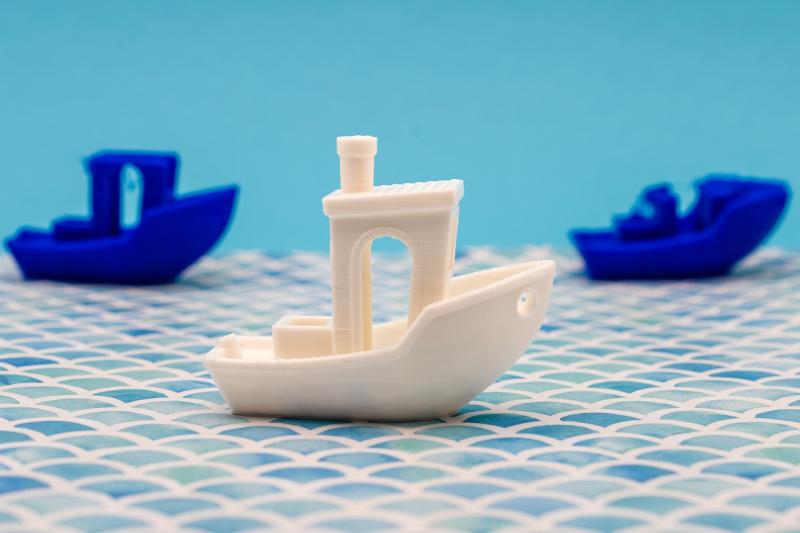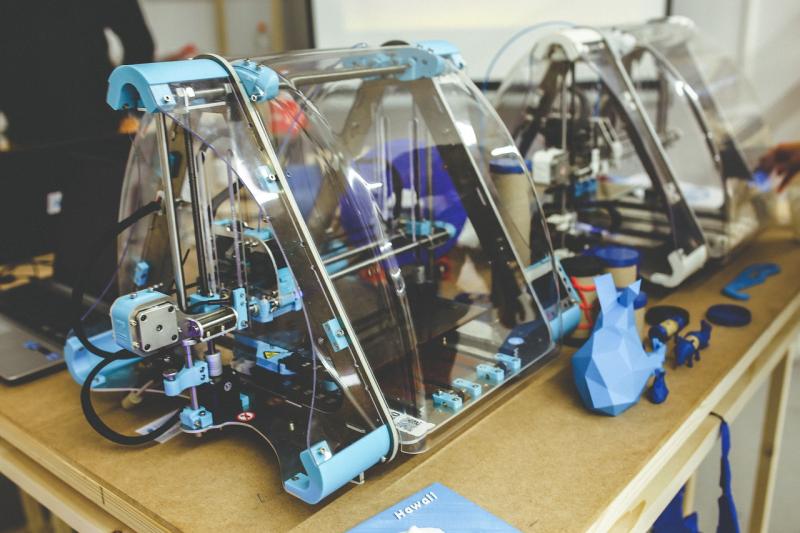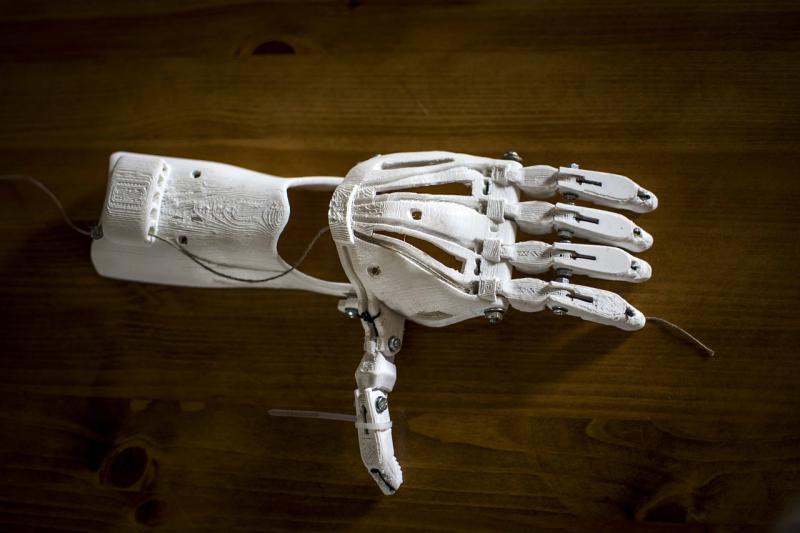When diving into the world of 3D printing, the first step towards success is finding your niche. The 3D printing market is vast and varied, ranging from custom items to prototypes and small-scale manufacturing. Think about what excites you and where your skills lie. Are you passionate about creating unique designs, or do you prefer functional items? Identifying your interests will help you carve out a space in the industry that feels both fulfilling and profitable.
Researching market demand is crucial in this process. Consider exploring platforms like Etsy or Amazon to see what types of 3D printed products are currently popular. Take note of trends and gaps in the market. Maybe there’s a lack of personalized jewelry or eco-friendly household items made through 3D printing. Understanding what consumers are looking for can guide you to a lucrative niche that’s well-positioned for growth.
Don’t be afraid to combine your niche with other hobbies or skills. For example, if you enjoy gaming, you could create custom miniatures or accessories for tabletop games. If art is your forte, consider producing artistic sculptures or home décor items. Your unique backgrounds and experiences can provide a competitive edge that sets your business apart from others in the field.
As you begin to define your niche, remember to keep your audience in mind. Who are you creating for? What problems can your products solve? Engaging with potential customers through social media or community forums can yield valuable insights into their preferences and needs. Building a strong connection with your audience will not only help you refine your niche but also establish a loyal customer base in the ever-evolving world of 3D printing.
Essential Equipment for Success
Starting a 3D printing small business requires more than just creativity and passion; it demands the right equipment to ensure success. First and foremost, investing in a high-quality 3D printer is essential. Depending on your target market, you may want to choose between FDM (Fused Deposition Modeling) printers, which are great for prototyping, or SLA (Stereolithography) printers, known for their precision. Assess your needs and budget wisely, as a reliable printer will make a significant difference in the quality of your products.
In addition to a robust printer, having the right materials is crucial. 3D printing filaments come in various materials, including PLA, ABS, and PETG, each with its unique properties. Familiarize yourself with these options and stock up on those that will serve your business best. Moreover, consider other materials for different printers, like resin for SLA machines. Ensuring you have a diverse inventory will allow you to respond to various customer needs effectively.
Software tools also play a vital role in the success of your 3D printing business. You'll need slicing software to convert your 3D models into instructions the printer can understand. Options like Cura or PrusaSlicer are popular choices that offer user-friendly interfaces and extensive features. Additionally, investing in 3D modeling software such as Tinkercad or Blender will help you create and modify designs, giving you creative freedom and ensuring you can offer unique products.
Finally, don't underestimate the importance of post-processing equipment. This includes tools for cleaning, sanding, and finishing your printed pieces. A good toolkit will help enhance the appearance and functionality of your products, making them more appealing to customers. With the right combination of a high-quality printer, materials, software, and finishing tools, you'll be well on your way to launching a successful 3D printing business.
Marketing Your 3D Printing Services
Leverage social media platforms to promote your services. Share interesting posts about your 3D printing processes, behind-the-scenes content, and finished projects on platforms like Instagram, Facebook, and LinkedIn. Use relevant hashtags to widen your reach, and engage with your followers by responding to comments and messages. Consider running promotions or contests to encourage user interaction and attract new customers.
Networking is another powerful marketing tool for your 3D printing business. Attend local business events, trade shows, and tech meetups to connect with potential clients and other entrepreneurs. Bring along business cards that highlight your services and website. Participating in online forums and groups focused on 3D printing can also help you build relationships and generate leads.
Lastly, consider targeting niche markets that could benefit from your 3D printing services. Reach out to industries such as education, healthcare, or custom manufacturing to offer tailored solutions. By positioning yourself as an expert in specific applications of 3D printing, you can attract clients looking for specialized services, thus expanding your clientele and increasing profitability.
Managing Finances and Growth
Managing finances is a vital aspect of running a profitable 3D printing small business. Start by setting a clear budget that outlines your expected expenses and income. This will help you track your cash flow and ensure you are making informed decisions. Keep an eye on variable costs like filament and maintenance, as these can fluctuate based on production volume. Using financial software or simple spreadsheets can streamline this process and provide you with valuable insights into your business’s financial health.
As your business grows, it’s important to reinvest a portion of your profits. Consider upgrading your equipment or expanding your services to attract new customers. For example, investing in a high-resolution printer can enhance the quality of your products and set you apart from competitors. Additionally, diversifying your offerings can open up new revenue streams. If you start with prototyping, think about branching into custom designs or small-scale manufacturing for local businesses.
Don’t forget about the importance of marketing your business as you manage finances and growth. Allocate budget for advertising and promotions to reach a broader audience. Utilize social media platforms to showcase your work and engage with potential customers. Building a strong brand presence can significantly affect your sales and help you establish lasting relationships with your clients. Engaging storytelling about your projects can resonate with customers and inspire them to choose your services over others.
Finally, keep an eye on industry trends and adapt your business strategy accordingly. The 3D printing landscape is constantly evolving, and staying informed can give you a competitive edge. Attend trade shows, join online communities, and contribute to forums to network with other professionals. By staying connected and agile, you can effectively manage your business finances while pursuing growth opportunities in this exciting field.



